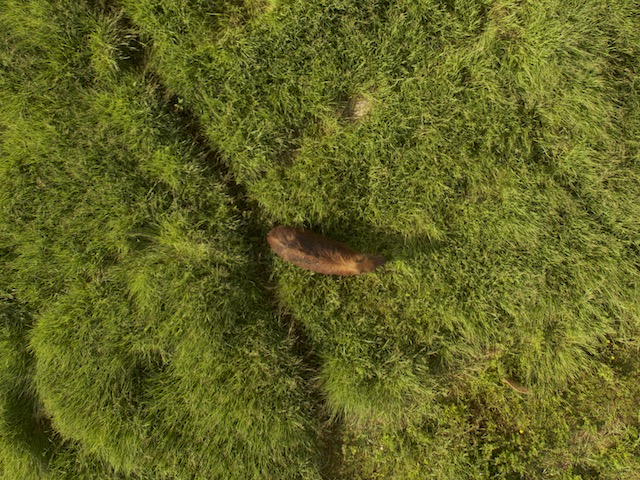Image Acquisition using Thermal and Visual Cameras

Images Captured with Camera Traps

Images from Small Unmanned Aerial Vehicles (UAVs)

Biodiversity Tracking and Sustainable Production
Motivation: Track the local biodiversity and curb deforestation are key for a susitainable production. Camera traps are used as remotely activated devices equipped with a motion sensor. Typically, they are fixed in trees to monitor wildlife animals.
Gap: It is very complex for researchers to set camera traps in wetlands, including power plant flooded areas in Sao Paulo and the biome Pantanal where concentrated portions of land and small vegetation are covered with water.
Solution: Besides camera traps, UAVs are suitable tools to capture images and videos of animals. To this end, we can adapt different thermal and visual cameras and create specific flight plans to analyze the entire area. Deep learning-based methods were developed to detect and classify animals with both spectrums.


